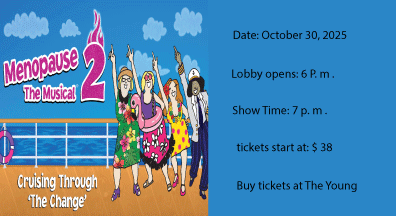Students kayak Rock River with new device
UW-W brings a sense of water quality awareness to the community
October 7, 2016
As the water glistened and kayaks moved downstream, a group of students set out with University of Wisconsin-Whitewater professor Eric Compas in May for 11 days.
The group arrived at the Rock River equipped with newly developed water quality probes in hopes to expand knowledge, emphasize the importance of water and collect quality data.
“There is not enough information out there about local water quality,” Compas said. “A device like this, with the interactive mapping, to combine those would be a great educational tool to help people see what’s going on in the local streams and how they’re changing.”
Volunteers for the Rock River Coalition collect one water sample a month from the river basin.
“There’s a lot of effort and not much data,” said Compas.“The volunteers never see what happens to the information.”
However, the device Compas developed is able to collect data every 10 seconds and includes a GPS coordinate system, which allows water quality to be mapped as they moved through the water.
“So instead of that information disappearing into a black hole, it’s really available for the monitors to look to see if they see any changes or trends.”
The project served as a baseline and provided an image of what the river looks like during the spring.
Suzanne Wade, a board member of the Rock River Coalition, has been involved in stream monitoring for more than 20 years.
“When Dr. Compas first talked about what he was doing I thought, wow, this could just be so valuable for monitoring programs in the future.”
Compas hopes the new device will change the way water quality monitoring is done and reflect the ‘Wisconsin idea that universities are supposed to and do help change the state by providing new information and technology.’
30,000 individual data points were gathered throughout the trip.
“To be honest we are still figuring out how to deal with that many data points,” Compas said.
However, a few certainties are adjusting to calibration issues and filtering out data points where the arrays came out of the water.
Compas explained that what they are really looking for when analyzing the data are really high or low values to indicate something happening.
One indication Compas noticed from the river was an increase in connectivity when paddling through a tributary.
“It can’t tell us what, but we do know there is an increase of dissolved material in the water,” he said. “So I’m looking for those places where there’s kind of abrupt changes or that low or high values that may indicate a pollutant.”
Student Perspective
Senior Jeffrey Smyczek was working for the UW-Whitewater GIS Center when Compas asked him to be part of the paddling and research.
“It was fun, I liked it,” Smyczek said. “I wasn’t used to that much paddling but I enjoyed it and it was anywhere from 7 to 17 miles per day being from like 4 to 8 hours.”
There was a set schedule before the project began, knowing where they would put in the kayaks everyday and what the paddlers had to look forward to each day.
“We would stay at campsites or people’s houses that invited us in, people that are part of the Rock River Coalition or just friends of people,” he said. “But they would cook us meals and it was a good experience.”
Despite concerns for the technology working properly during the 11 day paddle, Smyczek said the brand new equipment worked better than anticipated.
Behind the scenes
Wade did a lot of the fundraising and organizing for the event as a volunteer.
Most of the fundraising for the project began almost two years in advance.
A River Planning grant from the Department of Natural Resources (DNR) helped Wade with initial mileage costs, printing posters and one of the kayak probe arrays.
The biggest grant they received was a $10,000 DNR planning grant, which allowed Wade to hire two people to help with planning as well as renting trucks to haul canoes and kayaks.
“It just wouldn’t have been anywhere near what it turned out to be without the two DNR grants, that was really the important part of this,” Wade said.
Campus support like Continuing Education and the College of Letters and Sciences also helped fund the river project.
A local impact
Hiring students to help with the project was something very important to Wade.
“They are energetic and have current knowledge and they also learn a lot from us, our experiences of running these types of things,” Wade said.
Besides paddling during the day, the group would try to talk to communities at night about their findings..
One of the exciting parts about this project for Wade was the opportunity to show the Rock River as a
community.
“It’s harder to get that sense of community on a river,”she said. “It may be one really long community, but we’re all here. We’re all impacted by the rock river and we all impact it.”
Two students, Rachel Terracina and Karl Brandstaetter, also went to local schools to talk with kids during the event.
They visited a variety of schools along the Rock River basin with prepared activities to help teach kids about water pollution and the paddle itself.
“This project was especially interesting because of the enthusiasm,” Terracina said. “It’s gonna sound cheesy but it gave me hope, these kids showed they wanted change.”
The students completed three activities to see how their actions and those of their peers affect the water quality.












